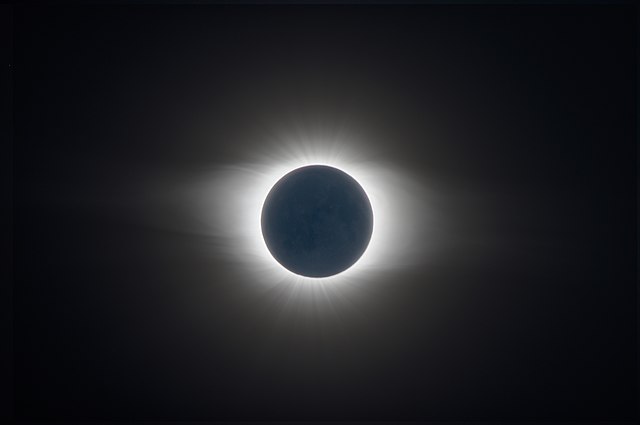
On April 8 this year, most of North America will see a solar eclipse. 49 of the 50 states will see at least a partial eclipse, though most of Alaska will miss out. For certain parts of North America, the eclipse will be total. The path of totality will cross Texas, the corner of Oklahoma, Arkansas, the Missouri-Illinois-Kentucky border area, Indiana, Ohio, the northwest corner of Pennsylvania, Maine, and parts of New York, Vermont, and New Hampshire along the US-Canadian border. The closer you are to the path, the closer the eclipse will be to total. For a detailed map of the April 8 eclipse and how to view it safely visit https://science.nasa.gov/eclipses/future-eclipses/eclipse-2024/.
This eclipse will be the last total solar eclipse visible in North America until November 2031, when a total solar eclipse will be visible from Panama and Costa Rica. In March 2033, western Alaska will see one. The Contiguous United States, however, will not see another total solar eclipse until August 2044. Total solar eclipses are not rare; a total solar eclipse occurs somewhere on Earth about every 18 months. But the path of totality (where you can see the total solar eclipse) is only around 60 to 160 miles wide. (It will range from 108 to 122 miles during the upcoming eclipse.) The path of totality can be very long but its narrow width means that less than one percent of the earth’s surface experiences totality during a total solar eclipse, and so the occurrence of a solar eclipse is rare for any given location.
Of course, people don’t have to stay at any particular spot because they can travel to a place that will experience totality during an eclipse. If you are one of the people who is traveling to see the upcoming eclipse, you can call yourself an umbraphile which means shadow lover.
